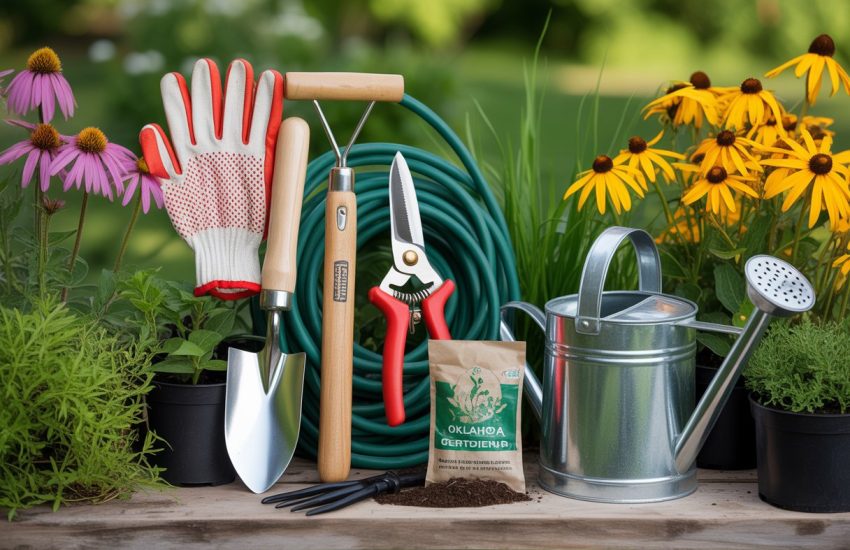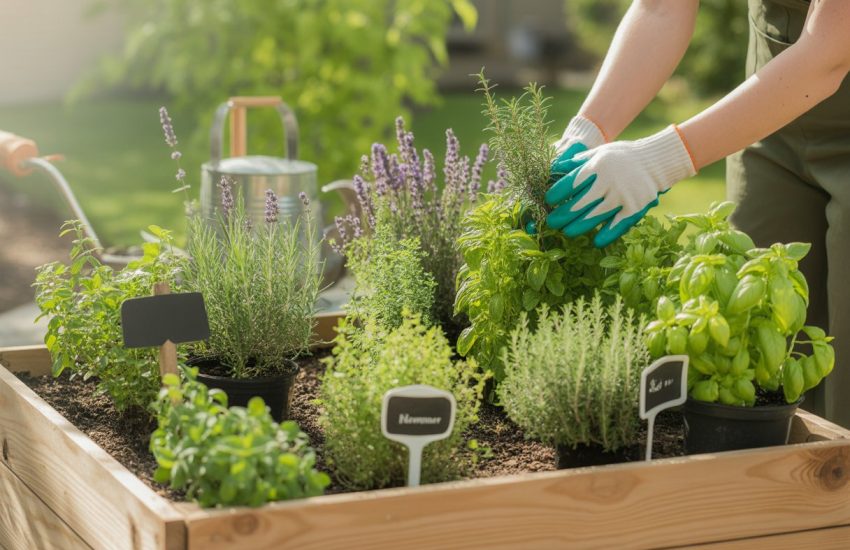Heat Tolerant Plants: Best Options for Your Garden
Heat-tolerant plants are a great addition to any garden, especially in regions that experience extreme heat. These plants are able to withstand high temperatures, and they can thrive even when the sun is beating down on them. With global temperatures on the rise, heat-tolerant plants are becoming increasingly popular among gardeners who want to ensure that their plants survive the heat.

There are many types of heat-tolerant plants that can be grown in a garden. Some of these plants are native to hot climates, while others have been specifically bred to withstand extreme heat. Some popular heat-tolerant plants include succulents, cacti, and certain types of flowers, such as marigolds and zinnias. These plants are not only able to survive in high heat, but they also add color and texture to a garden.
When selecting heat-tolerant plants for a garden, it is important to consider the specific needs of each plant. Some plants require more water than others, while some prefer direct sunlight while others do better in partial shade. By choosing the right plants and providing them with the proper care, gardeners can create a beautiful and thriving garden even in the midst of extreme heat.
Selecting Heat-Tolerant Plants
When it comes to gardening in hot and dry climates, choosing the right plants is crucial. Heat-tolerant plants are those that can withstand high temperatures and low humidity levels without wilting or dying. Here are some tips for selecting the best heat-tolerant plants for your garden.
Annuals and Perennials for High Heat
Annuals and perennials are popular choices for gardeners looking to add some color to their landscapes. However, not all plants can handle the intense heat of summer. Some great options for annuals and perennials that thrive in high heat include:
- Zinnias: These colorful flowers come in a variety of shades and can tolerate hot, dry conditions.
- Portulaca: Also known as moss rose, this low-growing plant is perfect for hot, sunny areas and can handle drought conditions.
- Coneflowers: These perennials are hardy and can withstand high temperatures and drought conditions.
Shrubs and Vines That Thrive in Full Sun
Shrubs and vines are great for adding some structure and height to your garden. However, not all shrubs and vines can handle the intense heat of full sun. Here are some great options for shrubs and vines that thrive in full sun:
- Bougainvillea: This colorful vine loves the sun and can handle drought conditions.
- Juniper: This evergreen shrub is hardy and can handle full sun and drought conditions.
- Crape Myrtle: This flowering shrub can handle high temperatures and full sun, making it a great addition to any garden.
Succulents and Cacti: Masters of Drought
Succulents and cacti are some of the most heat-tolerant plants out there. These plants have adapted to survive in hot and dry environments, making them perfect for gardens in arid regions. Here are some great options for succulents and cacti that thrive in drought conditions:
- Aloe Vera: This succulent is not only heat-tolerant but also has medicinal properties.
- Saguaro Cactus: This iconic cactus can handle extreme heat and drought conditions.
- Sedum: This low-growing succulent is hardy and can handle drought conditions.
When selecting heat-tolerant plants, it’s important to consider your hardiness zone and the specific conditions of your garden. By choosing the right plants, you can create a beautiful and thriving garden even in the hottest and driest of climates.
Caring for Heat-Loving Plants
When it comes to heat-loving plants, proper care is essential to ensure their sustained health. Here are some tips to help you care for your heat-loving plants.
Watering Strategies for Sustained Health
Watering is crucial for the health of heat-loving plants. However, overwatering can be just as harmful as underwatering. To ensure your plants receive the right amount of water, it is important to understand their water requirements and adjust your watering schedule accordingly.
Some heat-loving plants require more water than others. For example, plants with large leaves, such as elephant ears, require more water than those with smaller leaves. It is also important to water your plants deeply and less frequently, rather than shallowly and frequently. This encourages deeper root growth and helps the plants become more drought-tolerant.
Soil and Mulching Techniques for Heat Reduction
Heat-loving plants thrive in well-draining soil. Soil that retains too much moisture can lead to root rot, while soil that drains too quickly can cause the plants to dry out. Adding organic matter to the soil can help improve its water-holding capacity and provide nutrients to the plants.
Mulching is another important technique for reducing heat stress on plants. Mulch helps to retain soil moisture, suppress weeds, and regulate soil temperature. Organic mulches, such as wood chips or straw, are ideal for heat-loving plants, as they break down over time and add nutrients to the soil.
Maintenance and Seasonal Care
Regular maintenance is essential for the health of heat-loving plants. This includes removing dead or damaged leaves, pruning overgrown branches, and fertilizing as needed. It is also important to monitor your plants for signs of pests or diseases and take action promptly if necessary.
Seasonal care is also important for heat-loving plants. In colder climates, it may be necessary to bring the plants indoors during the winter months. In warmer climates, it is important to provide shade during the hottest part of the day and protect the plants from extreme weather conditions.
By following these watering strategies, soil and mulching techniques, and maintenance and seasonal care tips, you can help your heat-loving plants thrive and enjoy their beauty year-round.


